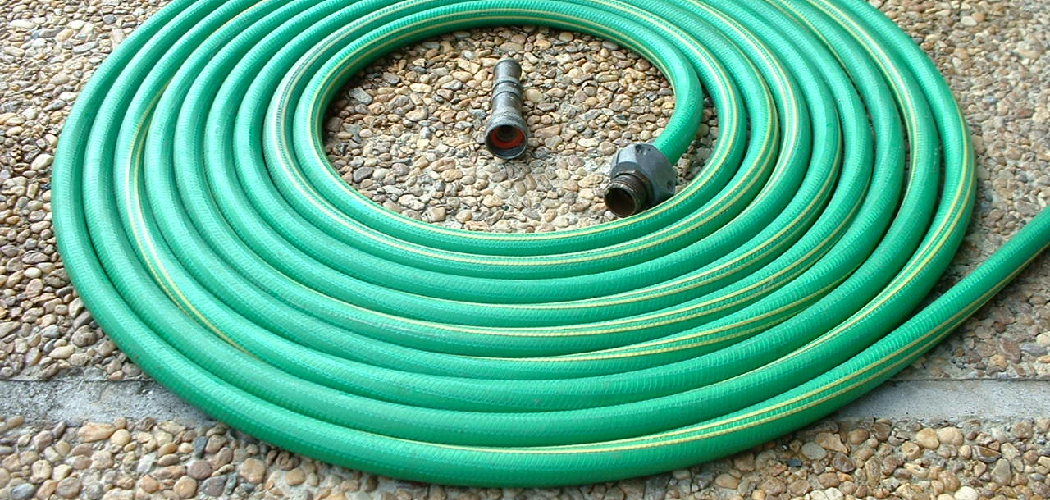Using a hose pipe is a common necessity for various household tasks, from watering gardens and washing cars to cleaning patios and filling pools. Each use requires a reliable method for accessing the water flow, highlighting the importance of understanding hose operations. There are various types of hose pipes available, including standard garden hoses, expandable hoses that offer flexibility, and reinforced hoses designed for durability.
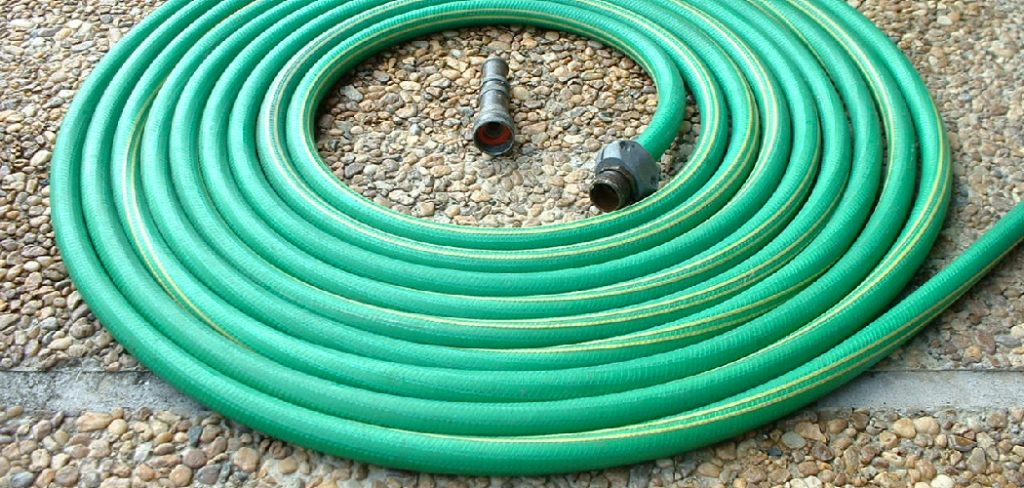
While the basic principles of opening a hose pipe remain consistent, the specific techniques may vary slightly depending on the type selected. This article aims to guide readers through the essential steps on how to open hose pipe safely and efficiently, providing valuable tips on handling different connectors and attachments to ensure a seamless experience.
Understanding Hose Pipe Components
Hose Ends and Fittings
Hose pipes come with different ends, primarily categorized as male and female connectors. The female end is typically designed to connect to a water source, such as a spigot or tap, featuring threads on the inside, which allow it to securely fasten onto the water supply. Conversely, the male end is equipped with external threads and is meant for attaching various fittings, such as nozzles, sprayers, or other hoses.
Quick-connect fittings have become increasingly popular for their convenience, allowing users to attach or detach hoses effortlessly without the need for traditional screwing techniques. Additionally, some hose designs may include built-in shut-off valves or attachments that enable users to directly control the water flow from the hose, enhancing overall functionality and ease of use.
Common Attachments
Several attachments are commonly used to enhance the utility of a hose pipe. Nozzles and sprayers vary widely, offering functions from simple adjustable spray patterns to high-pressure outputs suitable for cleaning stubborn surfaces. These attachments enable users to tailor the water flow according to their needs, making tasks more efficient.
Furthermore, hoses can easily connect to sprinklers or timers, facilitating automated watering for gardens or lawns. Such attachments save time and improve water conservation by ensuring the right amount of water is applied to the plants. Understanding these components allows users to optimize their hose pipe usage for various applications.
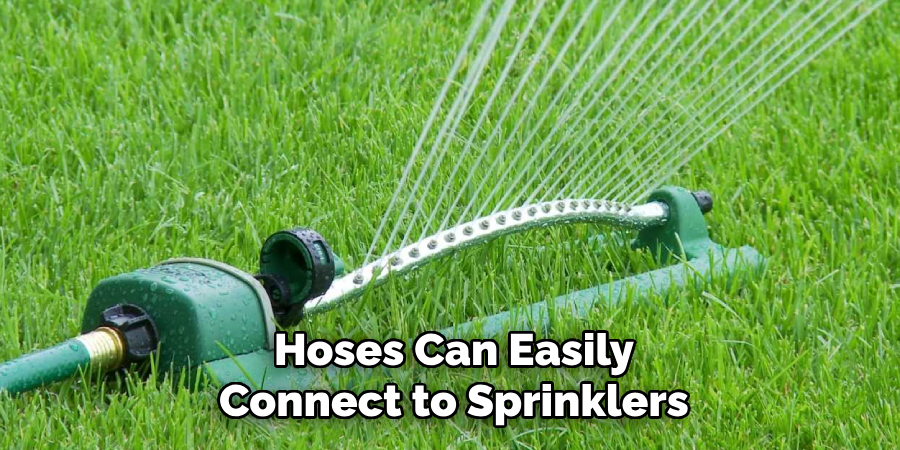
How to Open Hose Pipe: Steps to Follow
Step 1: Connect the Hose to the Water Source
To begin using your hose pipe, it’s essential to properly attach the female end to the water spigot or tap. Start by aligning the threads of the female connector with those on the spigot. Firmly but gently screw the connector onto the spigot, ensuring it is tight enough to form a good seal without risking damage. Consider using a rubber washer inside the connector to enhance the seal and prevent leaks.
This small addition can make a significant difference in maintaining a watertight connection. However, be cautious not to overtighten the connector, as this can strip the threads or cause damage to both the hose and the spigot, leading to future leaks.
Step 2: Attach Any Desired Nozzles or Sprayers
Once the hose is securely connected to the water source, the next step is to attach any desired nozzles or sprayers to the male end of the hose. Begin by selecting the nozzle or sprayer that best fits your intended use; ensure that it is compatible with the hose’s connector.
Align the threads of the male end with those of the attachment and twist them together until secure. Always check that rubber washers are in place to prevent leaks at this connection. Before turning on the water, ensure that the nozzle or sprayer is set to the “off” position to avoid any accidental spraying, which can lead to unnecessary water loss and potential mess. This simple precaution helps maintain control over water flow as you prepare to use the hose.
Step 3: Open the Water Supply
It’s time to open the water supply with the hose and properly connect the attachments. Begin by slowly turning the spigot on, starting with a low flow. This gradual increase in flow helps avoid sudden pressure surges that could potentially damage the hose or any attachments. As water flows, pay close attention to the hose connections; listen for any hissing sounds that may suggest leaks.
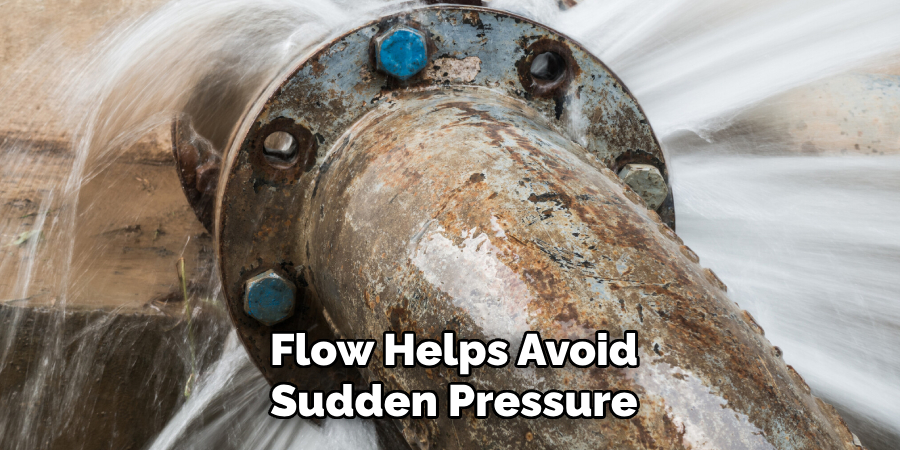
If you do notice a leak, it’s advisable to turn off the water immediately and check the connections, ensuring everything is tightened correctly. An initial low flow also allows you to assess the stability of your setup before moving on to full pressure. Handling the water supply gently ensures a safe and effective opening of your hose pipe, ready for all your watering needs.
Tips for Using and Handling a Hose Pipe
Managing Water Pressure
To control the flow of water through your hose, adjusting the water pressure at the spigot is essential. Start by turning the spigot slowly to gauge the pressure you desire for your watering tasks. Be cautious not to open it too wide, as excessive water pressure can lead to the hose bursting or fittings failing, which might create a mess and result in costly repairs.
If you find that your water pressure is consistently high, it may be beneficial to install a pressure regulator. This device can help maintain a steady pressure, which is particularly important for expandable hoses, which are more vulnerable to bursting under excessive pressure. Regulating the water pressure ensures that your hose operates efficiently without risking damage, allowing you to water your garden or perform cleaning tasks without incident.
Avoiding Kinks and Tangles
Preventing kinks and tangles in your hose pipe is crucial for maintaining its lifespan and ensuring smooth water flow. Before turning on the water, lay the hose out straight, ensuring no twists or knots could lead to kinks when the water pressure builds. After each use, it’s equally important to properly coil the hose to avoid creating any permanent bends that could affect its functionality over time. Utilizing hose reels or holders can be a practical solution to keep your hose organized and in good condition.
These accessories help prevent kinks and tangles and make it easier to store the hose when not in use. Additionally, taking a few moments to manage your hose effectively will enhance its durability and make your gardening or cleaning tasks more enjoyable.
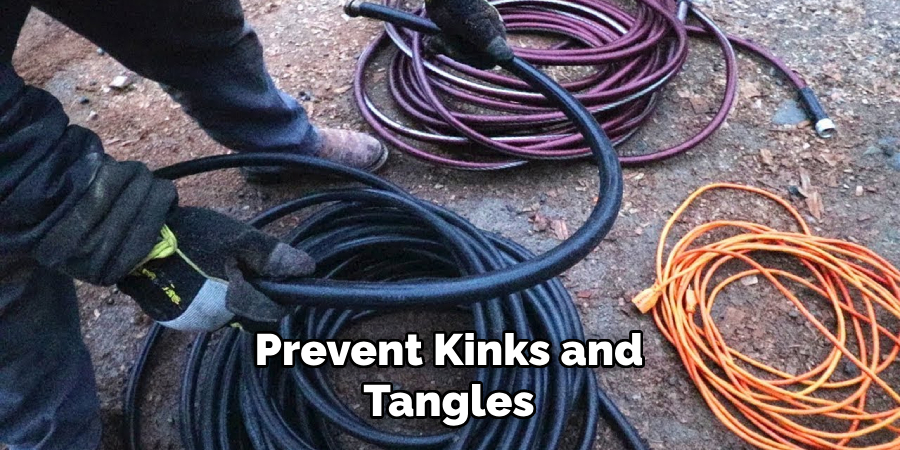
Common Issues and Troubleshooting
Leaks at the Connection Points
Leaks often occur at the connection points of the hose, particularly where it attaches to the water spigot or nozzle. Common causes of these leaks include worn-out rubber washers, which can degrade over time, exposing gaps where water escapes. Cross-threading during attachment can also lead to leaks as it disrupts the seal needed for a tight fit.
Additionally, loose connections are a frequent culprit, resulting from improper tightening. To resolve these issues, inspect and replace any worn washers found within the connectors. Ensuring proper alignment and attachment of the hose to the spigot or nozzle is vital; carefully screw them together without forcing them to avoid cross-threading. Applying Teflon tape to the spigot threads before attaching the hose can significantly improve the seal and help prevent leaks.
Low Water Flow
Experiencing low water flow can be frustrating and may stem from several factors. Blockages inside the hose, whether from dirt, debris, or mildew, can restrict the water path. Additionally, a partially closed spigot may limit flow, creating inadequate pressure. Issues with the water supply itself, such as low pressure from the municipal system, can also be the cause.
To troubleshoot low water flow, first, check for any blockages by disconnecting the hose and running water through it without any attachments; this can help dislodge any debris. Next, ensure the spigot is fully open by turning it counterclockwise as far as possible. Lastly, inspect the entire length of the hose for kinks, bends, or pinches that might restrict water movement and remedy them to restore full flow. By addressing these common issues, you can ensure your hose operates efficiently for all your watering needs.
Storing and Maintaining Your Hose Pipe
Proper Storage
Proper storage is essential to ensure the longevity of your hose pipe. After use, always drain all water from the hose before coiling it. This practice prevents water from freezing inside during colder months, which can lead to cracks. Store the hose in a cool, dry place, away from direct sunlight, which can degrade materials over time. Utilizing a hose reel or holder not only keeps it organized but also prevents kinks and tangles when not in use.
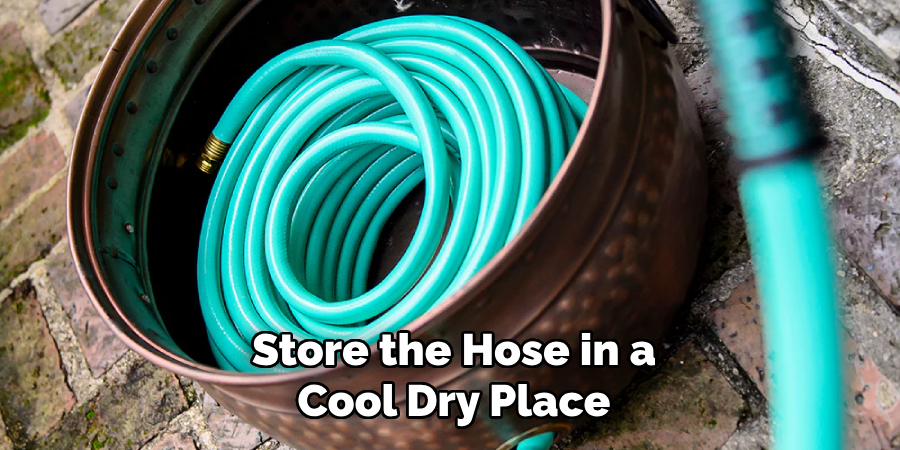
Maintenance Tips
Periodic inspections are crucial for maintaining your hose’s condition. Regularly check for signs of wear and tear, such as cracks, holes, or worn connectors. Addressing these issues promptly—by replacing damaged sections or fittings—will help extend the lifespan of your hose. Additionally, consider rinsing the hose occasionally to remove any dirt and debris that can accumulate inside. Following these storage and maintenance tips will ensure your hose remains functional and reliable for all your watering needs.
Conclusion
In summary, knowing how to open hose pipe safely involves several essential steps, including checking connections and managing water pressure. Ensure all fittings are securely tightened to prevent leaks and adjust the water pressure at the spigot to avoid damage to the hose.
Proper care is vital; regular maintenance, such as inspecting for wear and storing the hose correctly, will extend its life and functionality. Remember to follow the maintenance tips provided for optimal care. Additionally, always turn off the water supply and release any remaining pressure in the hose before detaching it from the spigot or storing it away. By adhering to these guidelines, you can enjoy a reliable and effective watering solution for many years.

